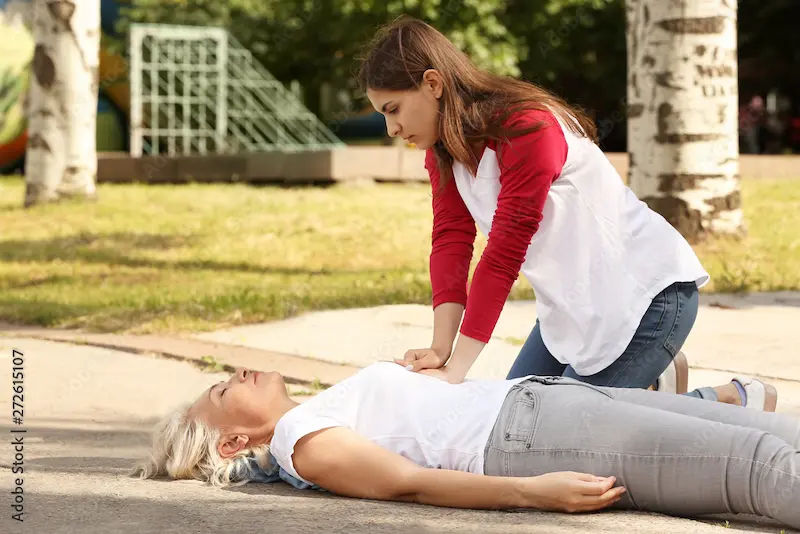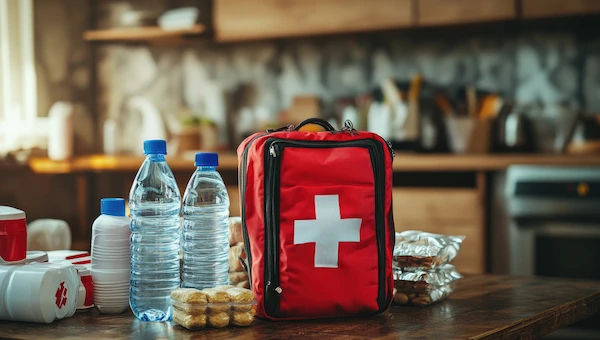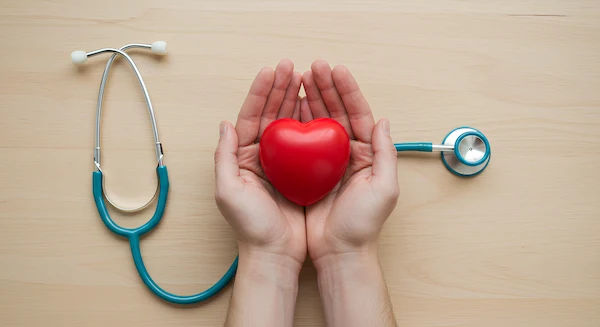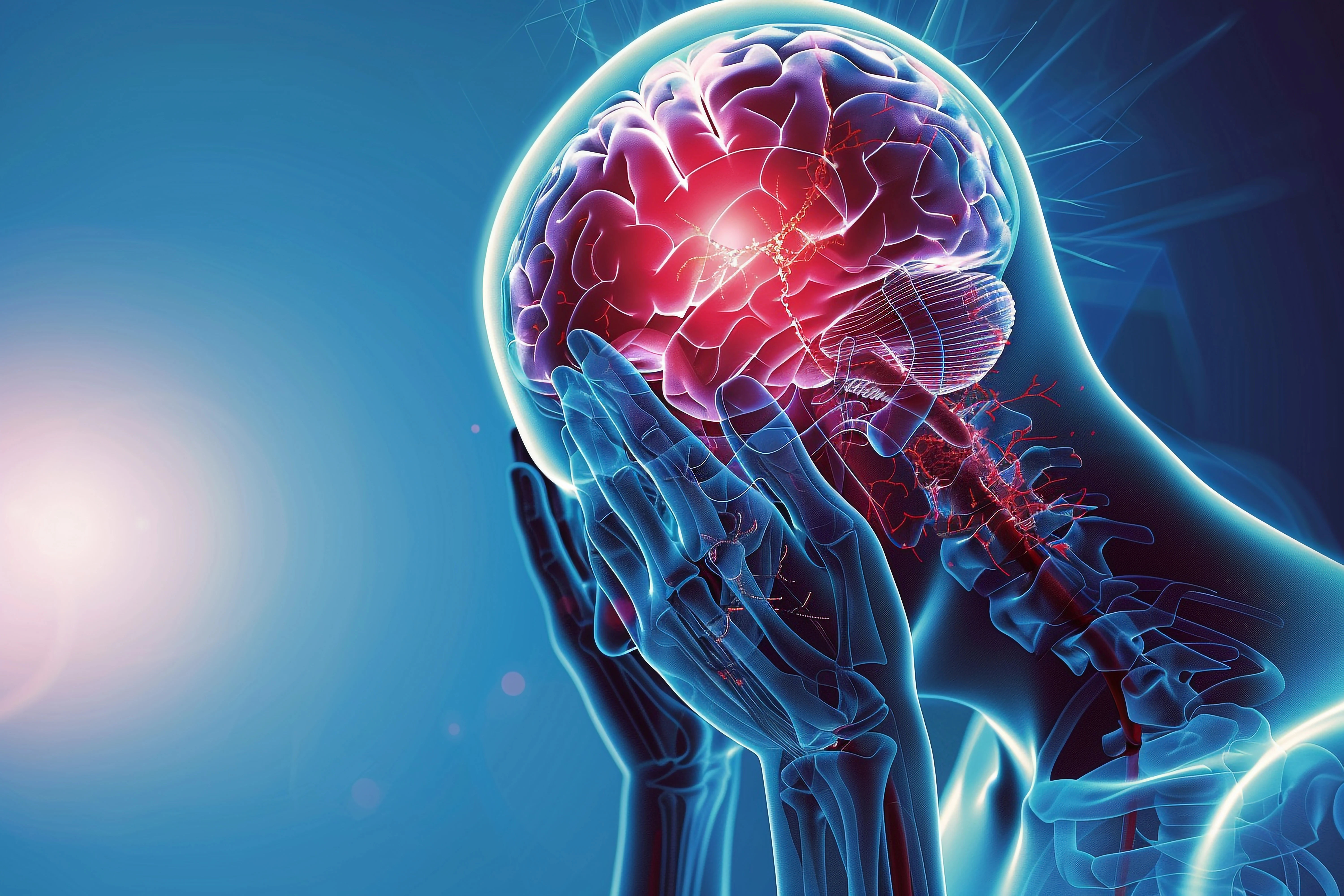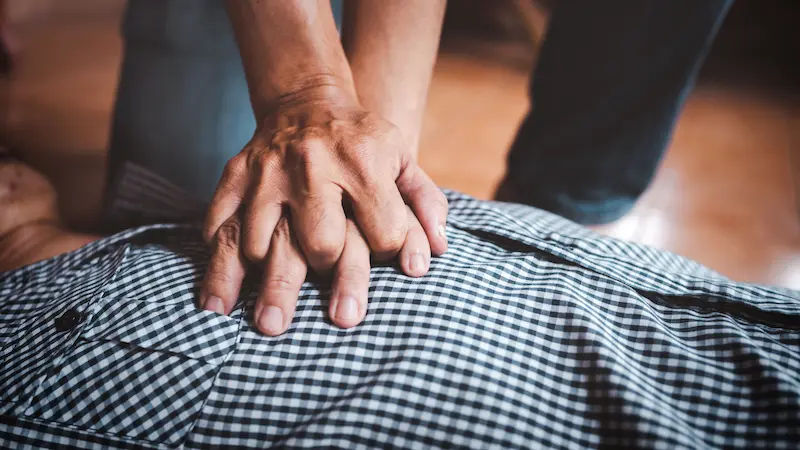Your Essential Guide to a Cardiac Emergency: Signs, Response, and Survival
Know what is cardiac emergency, difference between cardiac arrest and heart attack, symptoms, step by step plan, things to avoid during this time and more.

Written by
Last updated on 6th Oct, 2025

Introduction
A cardiac emergency can strike suddenly, without warning, turning an ordinary moment into a life-or-death situation. Whether it happens to a loved one, a colleague, or a stranger, knowing what to do can mean the difference between life and death. This guide demystifies cardiac emergencies, moving beyond the common fear to provide you with clear, actionable knowledge. We will break down the different types of emergencies, from a heart attack to a cardiac arrest, outline the critical warning signs, including the subtle ones often missed, and provide a step-by-step action plan.
What is a Cardiac Emergency? More Than Just a Heart Attack
The term "cardiac emergency" is an umbrella term for any sudden, serious heart-related problem that requires immediate medical attention. While a heart attack is the most well-known, it's crucial to understand the spectrum of emergencies to respond appropriately.
Consult Top Specialists for Personalised Tips
The Critical Difference: Heart Attack vs. Cardiac Arrest
This is the most important distinction to grasp, as the initial response differs.
Heart Attack (Myocardial Infarction): Think of this as a "plumbing problem." A blocked coronary artery prevents oxygen-rich blood from reaching a section of the heart muscle. If the blockage isn't quickly cleared, that part of the muscle begins to die.
The person is usually conscious and experiencing symptoms like chest pain. A heart attack is a circulatory problem.
Cardiac Arrest: This is an "electrical problem." The heart's electrical system malfunctions, causing it to beat irregularly (arrhythmia) and suddenly stop pumping blood effectively to the brain and body. The person collapses, becomes unresponsive, and stops breathing normally. Cardiac arrest is an electrical malfunction. A heart attack can trigger a cardiac arrest, but they are not the same.
Recognising the Red Flags: Symptoms of a Cardiac Emergency
Time is muscle. The faster you recognise the symptoms, the sooner treatment can begin, preserving heart function.
Classic Heart Attack Symptoms: Don't Ignore the Chest Pain
The most common sign is discomfort in the centre or left side of the chest that lasts more than a few minutes or goes away and comes back. It can feel like uncomfortable pressure, squeezing, fullness, or pain. However, chest pain is not always present.
Subtle and Atypical Symptoms: Especially in Women and Diabetics
Up to one-third of heart attacks present with atypical symptoms. Women, older adults, and people with diabetes are more likely to experience these. Be aware of:
Shortness of breath, with or without chest discomfort.
Pain or discomfort in one or both arms, the back, neck, jaw, or stomach.
Breaking out in a cold sweat, experiencing nausea, or lightheadedness.
Overwhelming fatigue, sometimes for days beforehand.
Understanding these signs of a heart attack in women and other high-risk groups is critical for early intervention.
Cardiac Arrest: The Sudden Shutdown
The signs of cardiac arrest are abrupt and dramatic:
Sudden collapse.
No pulse.
Not breathing or only gasping (agonal breathing).
Unconsciousness.
Other Cardiac Emergencies: Unstable Angina and Aortic Dissection
Other cardiac emergencies include:
Unstable Angina: This is a dangerous pre-heart attack condition. Chest pain occurs even at rest, is severe, lasts longer than stable angina (often more than 15 minutes), and may not be relieved by medication. It requires immediate emergency care.
Aortic Dissection: A tear in the inner layer of the body's main artery (the aorta). It causes sudden, severe, tearing or ripping pain in the chest or upper back. This is a rare but extremely life-threatening condition.
The Golden Hour: Your Step-by-Step Emergency Action Plan
If you suspect a cardiac emergency, follow these steps without delay. The first "golden hour" after onset is critical for the best possible outcome.
Step 1: Call for Help Immediately
This is the most important step. Do not drive the person to the hospital yourself. Paramedics can begin life-saving treatment the moment they arrive. Clearly state your location and that you suspect a heart attack or cardiac arrest.
Step 2: Chew Aspirin (If Advised and No Allergies)
While waiting for help, if the person is conscious and not allergic, ask the emergency dispatcher if you should give them a non-coated aspirin to chew. Chewing helps it get into the bloodstream faster to inhibit blood clotting.
Step 3: Make the Person Comfortable
Help them sit down or lie in a comfortable position, typically semi-reclining. Loosen any tight clothing. Stay calm and reassure them that help is on the way.
Step 4: Be Prepared for CPR and AED Use
If the person becomes unresponsive and stops breathing, you must be prepared to start CPR. If a public-access Automated External Defibrillator (AED) is available, send someone to get it. These devices can analyse the heart rhythm and deliver a shock if needed.
What NOT to Do During a Cardiac Emergency
DO NOT ignore the symptoms or wait to see if they go away.
DO NOT let the person convince you they are "fine."
DO NOT give them anything other than aspirin unless directed by a medical professional.
DO NOT leave the person alone, except to call for help or retrieve an AED.
Life-Saving Skills: A Quick Primer on Hands-Only CPR
If an adult collapses and is not breathing, hands-only CPR can double or triple their chance of survival.
1. Call: Dial emergency services.
2. Push: Place the heel of one hand on the centre of the chest, with the other hand on top. Push hard and fast at a rate of 100-120 compressions per minute (to the beat of the song "Stayin' Alive").
3. Don't Stop: Continue until help arrives or an AED is ready to use. You are acting as the heart, circulating blood manually.
Risk Factors You Can and Cannot Control
Some risk factors are non-modifiable, like age, family history, and gender. However, many are within your control: high blood pressure, high cholesterol, smoking, diabetes, obesity, physical inactivity, and excessive stress. Managing these is your first line of defense.
Prevention: Building a Heart-Healthy Lifestyle
Prevention is always better than a cure. Adopt a heart-healthy lifestyle by eating a balanced diet rich in fruits, vegetables, and whole grains, engaging in regular physical activity (150 minutes per week), maintaining a healthy weight, avoiding tobacco, and limiting alcohol. If you have conditions like hypertension or diabetes, regular monitoring and management are crucial. If your condition does not improve after trying these methods, book a physical visit to a doctor with Apollo24|7 for a personalised prevention plan.
Conclusion
A cardiac emergency is a frightening prospect, but knowledge is power. By understanding the signs, having a clear action plan, and learning basic skills like CPR, you can transform from a bystander into a potential lifesaver. Remember, hesitation is the enemy. Trust your instincts—if something seems seriously wrong, it probably is. Act swiftly, call for professional help, and provide comfort and care until it arrives. Your awareness and courage could save a life. Take this information to heart, share it with your loved ones, and consider taking a certified first-aid course to build your confidence further. If you have specific concerns about your cardiovascular health, consulting a doctor online with Apollo24|7 can provide a convenient starting point for evaluation and guidance.
Consult Top Cardiologists
Consult Top Specialists for Personalised Tips

Dr. Zulkarnain
General Physician
2 Years • MBBS, PGDM, FFM
Bengaluru
PRESTIGE SHANTHINIKETAN - SOCIETY CLINIC, Bengaluru

Dr. Tripti Deb
Cardiologist
40 Years • MBBS, MD, DM, FACC, FESC
Hyderabad
Apollo Hospitals Jubilee Hills, Hyderabad

Dr. Deepesh Venkatraman
Cardiologist
10 Years • MBBS, MD (Gen Med), DM (Cardio), DNB (Cardio)
Chennai
Apollo Medical Centre Kotturpuram, Chennai
(75+ Patients)
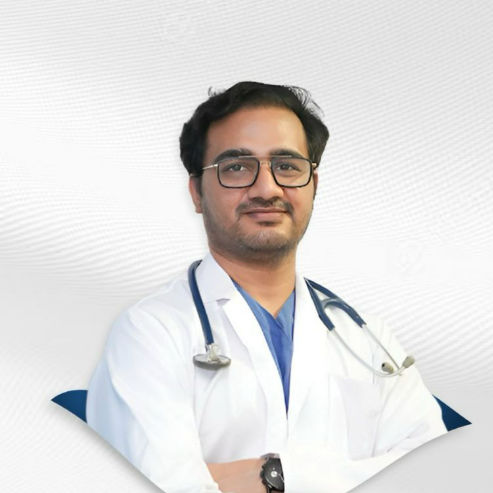
Dr. Janjirala Seshivardhan
Cardiologist
7 Years • MBBS,DNB(GM),DM(Cardiology)
Manikonda Jagir
Apollo Clinic, Manikonda, Manikonda Jagir
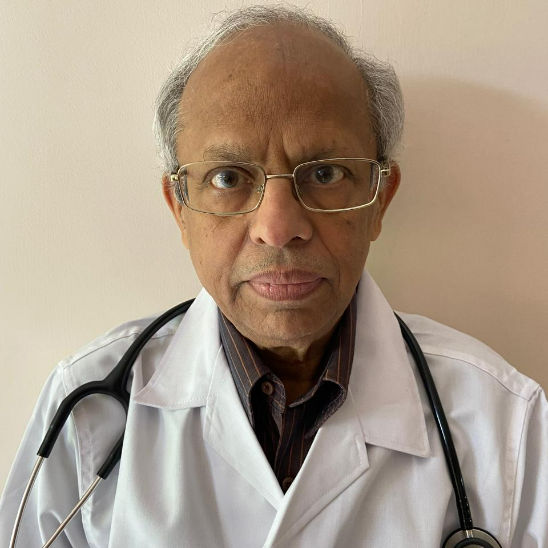
Dr. E Prabhakar Sastry
General Physician/ Internal Medicine Specialist
40 Years • MD(Internal Medicine)
Manikonda Jagir
Apollo Clinic, Manikonda, Manikonda Jagir
(150+ Patients)
Consult Top Cardiologists

Dr. Zulkarnain
General Physician
2 Years • MBBS, PGDM, FFM
Bengaluru
PRESTIGE SHANTHINIKETAN - SOCIETY CLINIC, Bengaluru

Dr. Tripti Deb
Cardiologist
40 Years • MBBS, MD, DM, FACC, FESC
Hyderabad
Apollo Hospitals Jubilee Hills, Hyderabad

Dr. Deepesh Venkatraman
Cardiologist
10 Years • MBBS, MD (Gen Med), DM (Cardio), DNB (Cardio)
Chennai
Apollo Medical Centre Kotturpuram, Chennai
(75+ Patients)

Dr. Janjirala Seshivardhan
Cardiologist
7 Years • MBBS,DNB(GM),DM(Cardiology)
Manikonda Jagir
Apollo Clinic, Manikonda, Manikonda Jagir

Dr. E Prabhakar Sastry
General Physician/ Internal Medicine Specialist
40 Years • MD(Internal Medicine)
Manikonda Jagir
Apollo Clinic, Manikonda, Manikonda Jagir
(150+ Patients)
More articles from Emergency Care
Frequently Asked Questions
What should I do if I'm alone and think I'm having a heart attack?
Call emergency services immediately. Unlock your door so paramedics can get in. Then, sit or lie down in a comfortable position while you wait. Do not attempt to drive yourself.
Can a heart attack cause symptoms for days beforehand?
Yes, some people, particularly women, experience warning signs like unusual fatigue, shortness of breath, or mild discomfort in the days or weeks leading up to a heart attack. Listen to your body.
How accurate are at-home blood pressure monitors for managing heart risk?
Modern digital monitors are quite accurate when used correctly. Regular monitoring at home can provide valuable data for you and your doctor to manage hypertension, a key risk factor. Apollo24|7 offers convenient home collection for tests like cholesterol panels (Lipid Profile) to give a more complete picture of your heart health.
Is it safe to perform CPR if I'm not trained?
Yes. For an unresponsive adult who isn't breathing, hands-only CPR (chest compressions) is recommended for untrained bystanders. It is far better to do something than nothing. The emergency dispatcher can also guide you.
What is the survival rate for a cardiac arrest outside a hospital?
Survival rates are low but are significantly improved by immediate bystander CPR and the use of an AED. Quick action can double or triple the chance of survival.
